How to Create a Buyer Journey Map to Drive Startup Growth in 2025
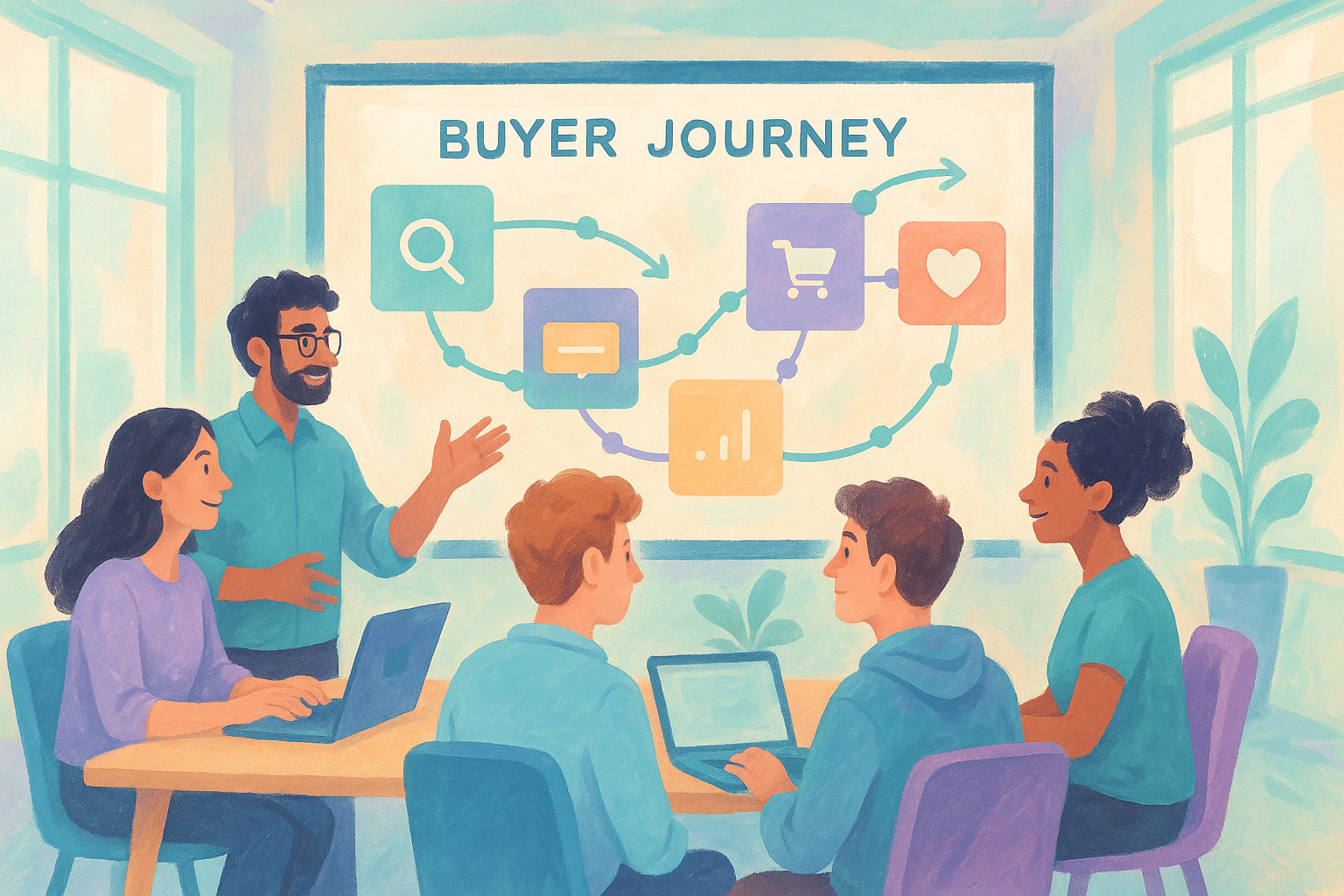
Startups today can’t afford to guess how their customers make buying decisions. With rising acquisition costs and longer sales cycles, understanding every step a prospect takes—from discovery to purchase—is critical for scaling efficiently. That’s where a buyer journey map comes in.
A buyer journey map visualises how prospects move through the awareness, consideration, and decision stages, helping startups spot gaps, personalise outreach, and improve conversions. According to the HubSpot 2025 State of Marketing, businesses that document their buyer journey are 70% more likely to report high lead-to-customer conversion rates.
In this guide, we’ll show you how to build a buyer journey map specifically for startups, so you can streamline sales, improve marketing ROI, and scale faster.
What Is a Buyer Journey Map?
A buyer journey map is a visual representation of your customer’s decision-making process. It tracks:
- Stages (from awareness to decision).
- Touchpoints (ads, emails, demos, website, referrals).
- Questions and pain points prospects have at each stage.
- Actions and content your startup can deliver to guide them forward.
For startups, mapping this journey ensures you focus resources on the highest-impact activities, rather than wasting budget on channels that don’t convert.
Why Startups Need a Buyer Journey Map
Unlike established companies, startups face unique challenges:
- Limited resources (small teams, tight budgets).
- New audiences (often still validating product-market fit).
- Longer B2B sales cycles, especially in SaaS and tech.
By creating a buyer journey map, startups can:
- Identify bottlenecks in their funnel (e.g., drop-offs after demos).
- Build personalised marketing campaigns based on real buyer behaviour.
- Ensure sales and marketing teams are aligned, saving time and budget.
With acquisition costs rising by 20–40% across Europe since 2022 (HubSpot report), optimising the customer journey has become a must-have, not a nice-to-have.
The Three Core Stages of a Buyer Journey Map
Every startup’s buyer journey map revolves around three core stages:
1. Awareness Stage
Prospects realise they have a problem but don’t know about your solution yet.
- Key questions: “What’s causing my challenge? What solutions exist?”
- Touchpoints: Blog posts, SEO, social ads, educational content.
- Startup tip: Create search-friendly content that addresses pain points rather than pitching your product directly.
2. Consideration Stage
Prospects research solutions and compare options.
- Key questions: “What tools or services can help? How do they compare?”
- Touchpoints: Case studies, email nurturing, retargeting ads, webinars.
- Startup tip: Use automated email workflows (via tools like HubSpot) to nurture leads with personalised content.
3. Decision Stage
Prospects are ready to buy but need a final push.
- Key questions: “Why should I choose you? What’s the ROI?”
- Touchpoints: Sales demos, free trials, discount offers, testimonials.
- Startup tip: Streamline scheduling and offer clear proof of value (ROI calculators, social proof).
How to Build a Buyer Journey Map for Your Startup
Follow these steps to create a practical, growth-driven buyer journey map:
Step 1: Define Your Personas
Interview customers, analyse leads, and identify the segments you’re targeting (e.g., B2B SaaS founders, EU-based SMEs).
Step 2: List All Touchpoints
Map out every interaction prospects have with your brand—ads, blogs, emails, demos, referrals. Include where they drop off.
Step 3: Capture Questions and Pain Points
For each stage, write down what buyers ask, what frustrates them, and what motivates them to move forward.
Step 4: Align Content and Actions
Match each stage with content and tactics:
- Awareness: Blogs, social ads.
- Consideration: Webinars, email nurturing.
- Decision: Demos, free trials.
Step 5: Automate for Efficiency
Use HubSpot or similar CRM tools to automate email sequences, retargeting, and reporting. This frees up your team while improving lead nurturing.
Step 6: Measure and Optimise
Track metrics like conversion rates, CAC, and deal velocity for each stage. Iterate your map every quarter based on performance.
Buyer Journey Map Example (SaaS Startup)
Here’s a simplified visual of how a SaaS startup might map its buyer journey:
- Awareness: Prospect reads a LinkedIn ad about “cutting cloud costs” → Visits a blog → Signs up for newsletter.
- Consideration: Receives a drip email sequence with case studies → Attends a product webinar.
- Decision: Books a demo via automated scheduler → Receives ROI calculator → Converts to paid trial.
By mapping this, the startup knows where to invest budget (e.g., more LinkedIn ads and webinars) and where to automate (email sequences and scheduling).
Tools for Building a Buyer Journey Map
While you can create a buyer journey map in spreadsheets or diagrams, using a CRM like HubSpot speeds things up. With HubSpot, you can:
- Track all touchpoints in one place.
- Trigger automated workflows based on buyer behaviour.
- Measure performance by stage (conversion rates, CAC, deal velocity).
Bulbul’s HubSpot Kit helps startups quickly set up these maps, automate the workflows, and integrate reporting—so you can focus on scaling, not admin.
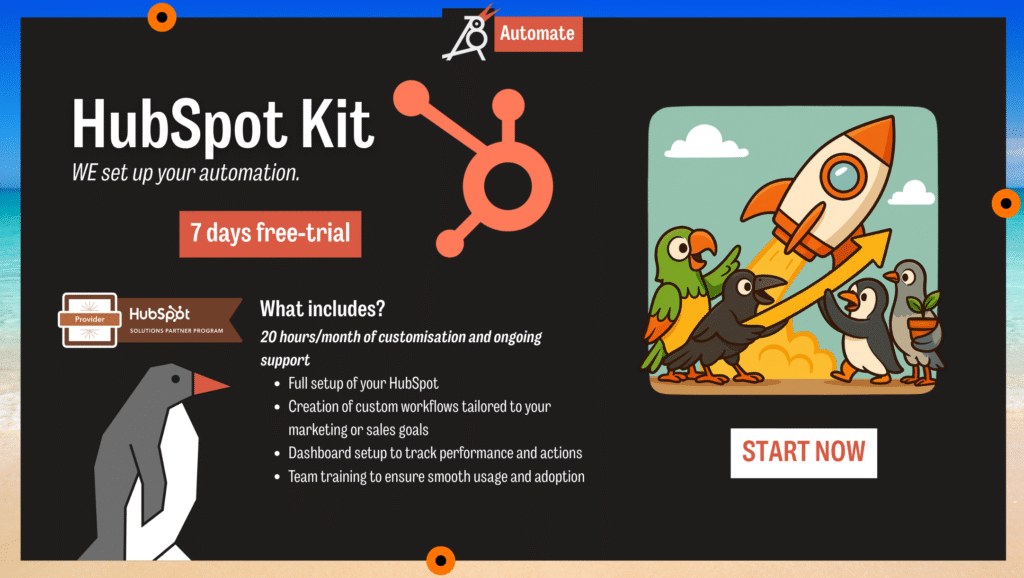
Final Thoughts
In 2025, building a buyer journey map is one of the most effective ways for startups to lower CAC and increase conversions. It aligns marketing and sales, uncovers friction points, and helps you allocate budget where it drives the most growth.
Want to map your buyer journey and set up automation fast?
Check out Bulbul’s HubSpot Kit today.
Bulbul is an official HubSpot Solutions Provider

🤝 Bulbul is an official HubSpot Solutions Provider, strengthening our expertise in HubSpot automation for startups and fast-growing teams.
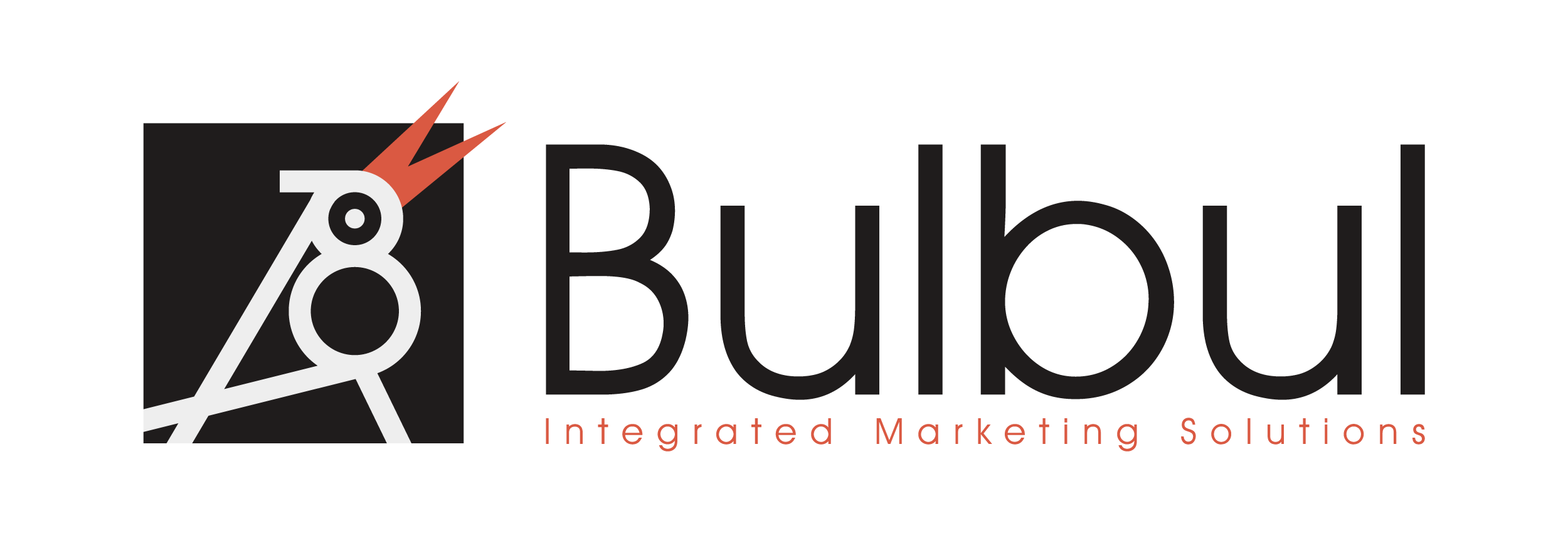
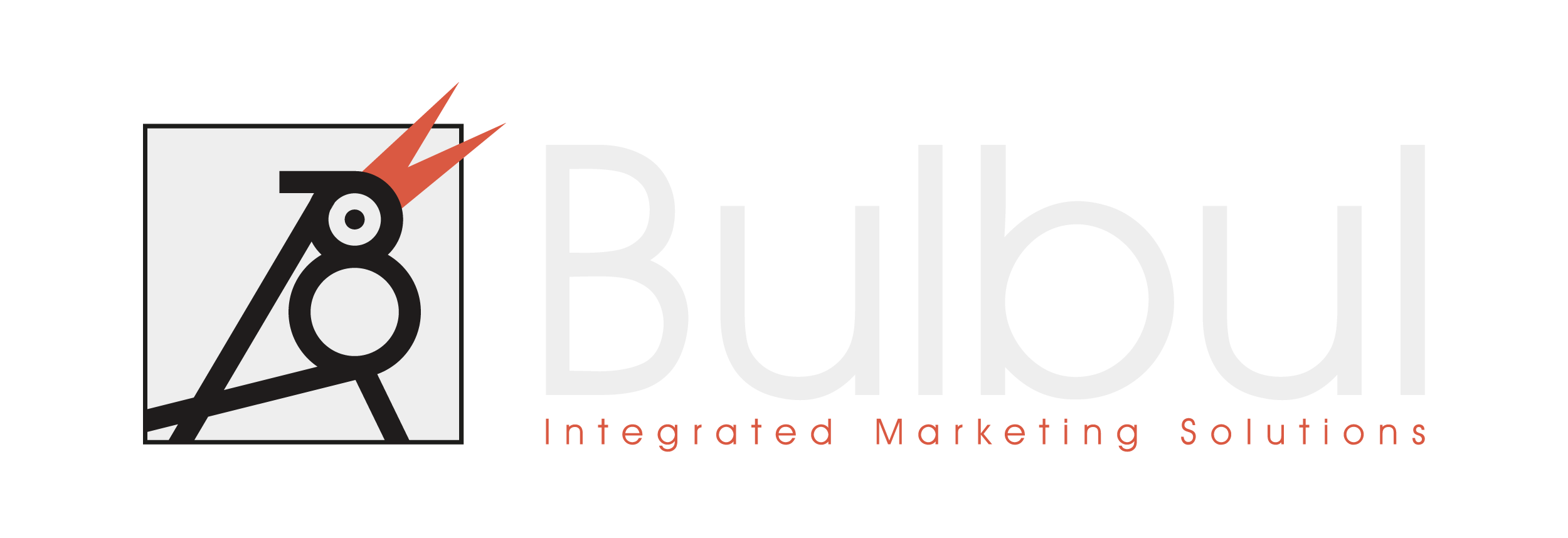
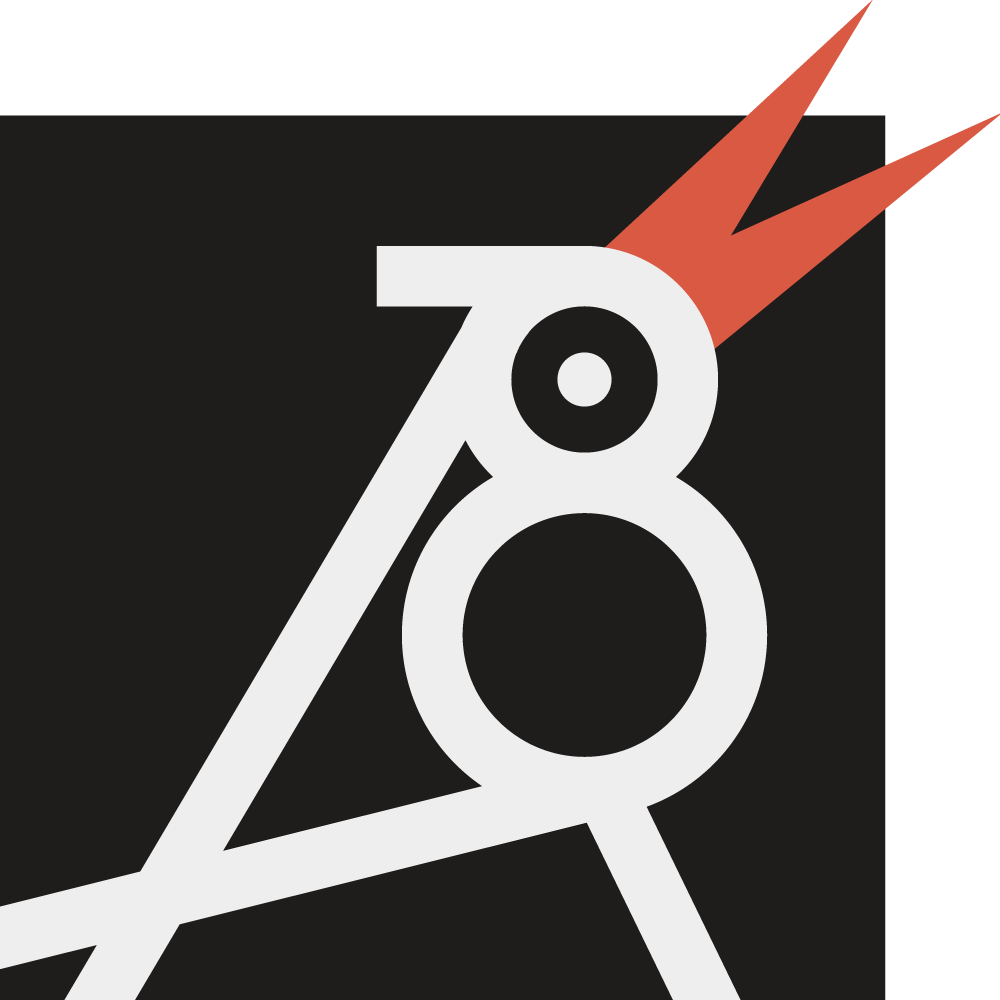
Comments are closed.